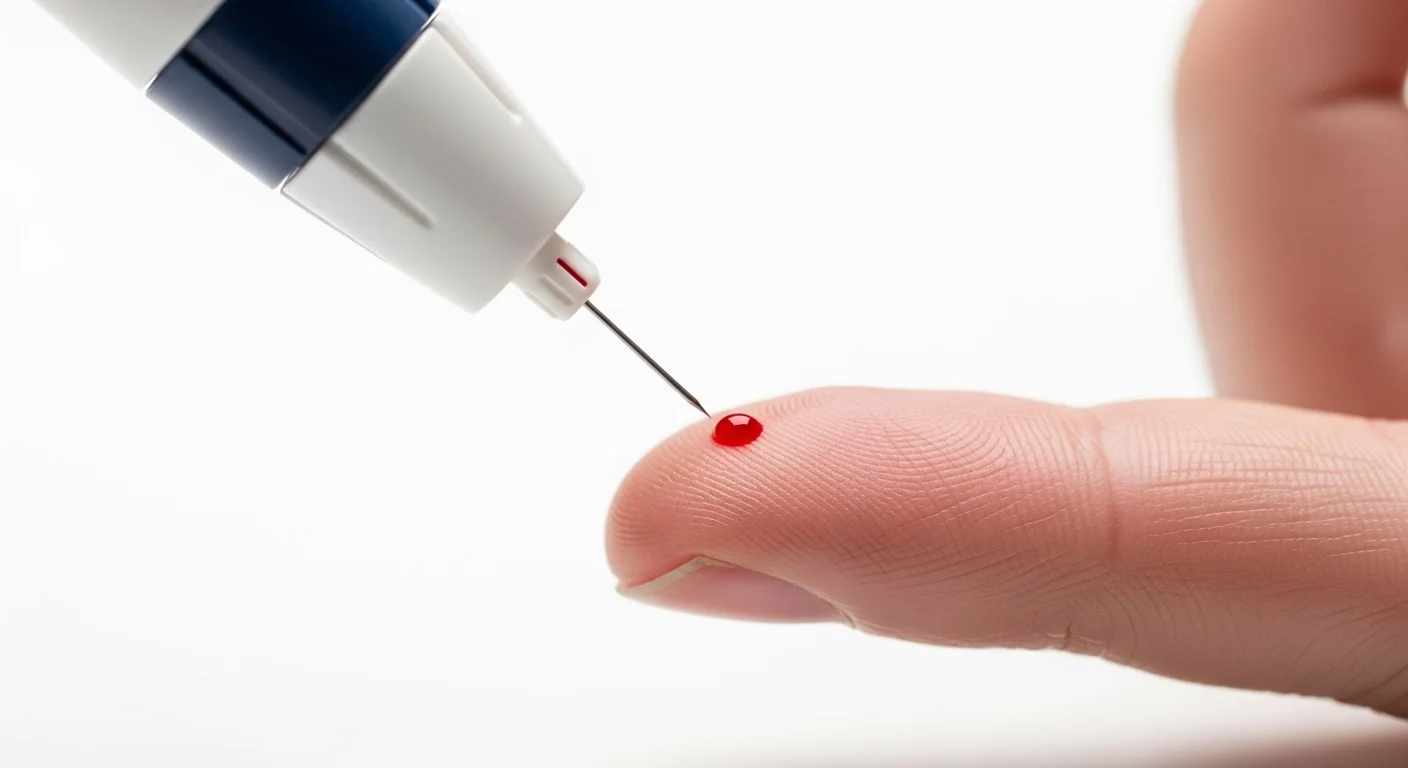Control Blood Sugar, Control Your Health: How to Prevent and Manage Diabetes Naturally
Diabetes is a serious health concern affecting millions worldwide. While genetics play a role, lifestyle factors are significant contributors to the development and management of type 2 diabetes. This article explores natural strategies to prevent and manage diabetes by focusing on diet and exercise.
Understanding Diabetes and Prediabetes
Diabetes is a chronic condition where the body either doesn’t produce enough insulin or can’t effectively use the insulin it produces, leading to elevated blood sugar levels. Prediabetes is a condition where blood sugar levels are higher than normal but not high enough to be diagnosed as diabetes. It’s a critical warning sign that lifestyle changes are needed to prevent the progression to type 2 diabetes.
According to guidelines, diabetes is diagnosed based on several criteria:
- A1C (Glycated Hemoglobin): 6.5% or higher.
- Fasting Plasma Glucose: 126 mg/dL or higher after at least 8 hours of fasting.
- Oral Glucose Tolerance Test (OGTT): 200 mg/dL or higher two hours after consuming a 75g glucose drink.
Prediabetes is indicated by:
- A1C: Between 5.7% and 6.4%.
- Fasting Plasma Glucose: Between 100 mg/dL and 125 mg/dL.
Individuals with prediabetes have a significantly increased risk of developing type 2 diabetes, making early intervention crucial.
Dietary Strategies for Blood Sugar Control
One of the most effective ways to manage blood sugar levels is through diet. Here’s how to adjust your eating habits:
- Prioritize Vegetables and Protein: At each meal, start with non-starchy vegetables and a source of lean protein (meat, fish, eggs, beans, etc.) before consuming carbohydrates like rice or bread.
- Fiber First: The fiber in vegetables slows down the digestion and absorption of carbohydrates, preventing rapid spikes in blood sugar.
- Control Carbohydrate Intake: Be mindful of the amount and type of carbohydrates you consume. Choose whole grains over refined grains and limit sugary drinks and processed foods.
- Read Food Labels: Pay close attention to the sugar content in processed foods, even those labeled "sugar-free," as they may contain hidden sugars.
- Be Mindful of Fruit: While fruit is healthy, it contains natural sugars. Opt for whole fruits with the peel (if edible) over fruit juices, as the fiber in whole fruits slows down sugar absorption. Enjoy fruit as a snack a few hours after a meal, rather than immediately after.
The Power of Physical Activity
Physical activity is another cornerstone of diabetes prevention and management.
- Move After Meals: Engage in physical activity, such as walking, 30 minutes to 1 hour after eating. This helps your body use glucose for energy, lowering blood sugar levels.
- Incorporate Strength Training: Strength training exercises, like squats, build muscle mass, which improves insulin sensitivity and helps regulate blood sugar.
- Reduce Sedentary Time: Even if you exercise regularly, avoid prolonged periods of sitting. Take breaks to stand up and move around throughout the day.
- Find Activities You Enjoy: Choose activities that you find enjoyable to make exercise a sustainable part of your lifestyle.
The Benefits Beyond Blood Sugar
Managing blood sugar levels through diet and exercise offers a range of additional health benefits:
- Blood Pressure Control: Lowering blood sugar can also lead to lower blood pressure.
- Weight Management: A healthy diet and regular exercise contribute to weight loss or maintenance.
- Improved Overall Health: By addressing diabetes risk factors, you improve your overall health and well-being.
Taking Control
Preventing and managing diabetes naturally requires a commitment to healthy lifestyle choices. By adopting these dietary and exercise strategies, you can effectively control your blood sugar levels, reduce your risk of developing type 2 diabetes, and improve your overall health. Remember to consult with a healthcare professional for personalized advice and monitoring.




